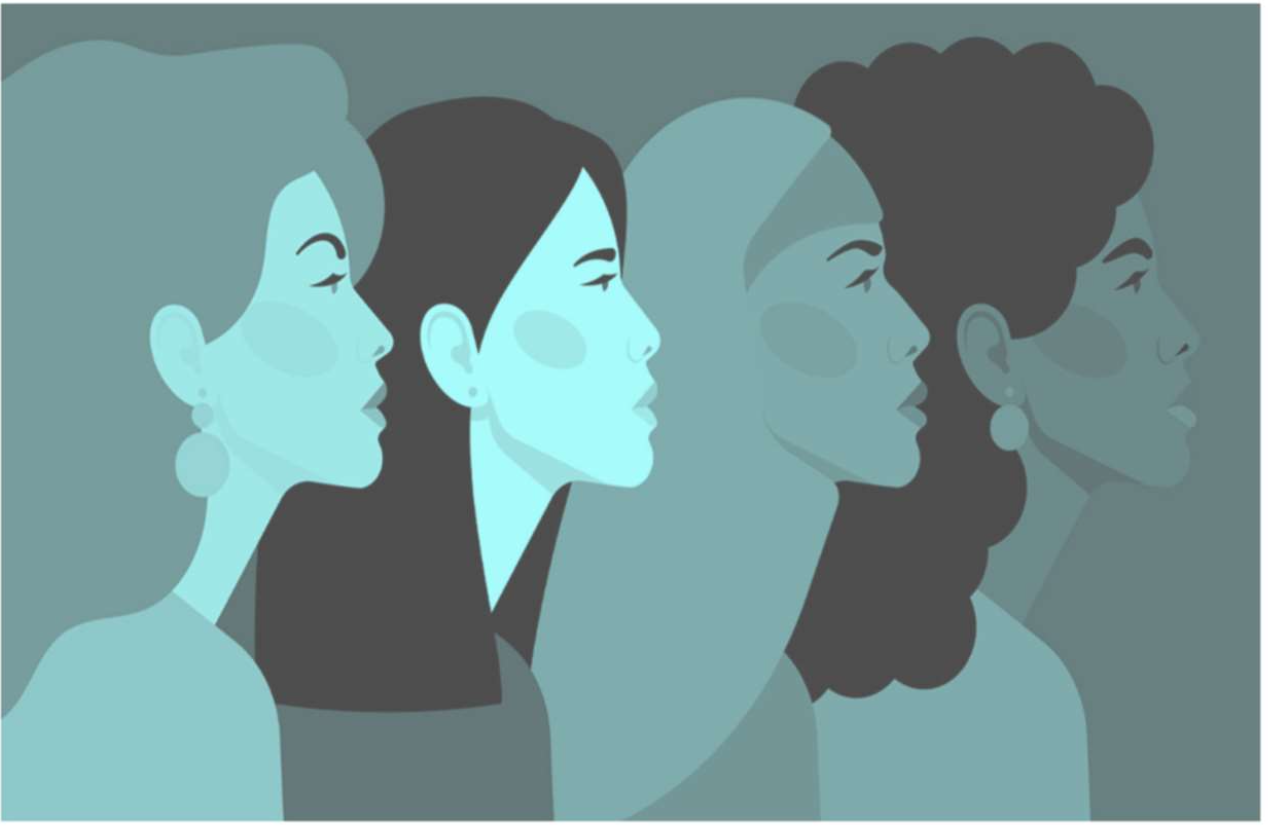Washington, D.C.—
The closing of the wage gap between men and women workers has remained essentially unchanged in the last two years—from in 77.0 2009 to 77.4 in 2010. According to an updated fact sheet from the Institute for Women’s Policy Research (IWPR), the wage gap closed by ten percentage points between 1981 and 1990, but closed by only four percentage points between 1991 and 2000.
“The sluggish progress on the gender wage gap demonstrates that women are not yet obtaining jobs that pay enough, despite increases in education and training,” said Dr. Heidi Hartmann, President of IWPR. “As the economy begins to improve, I hope we will see women’s lagging job growth improve, as well as their wages.”
The ratio of women’s to men’s median weekly earnings for full-time workers, an alternative measure of the wage gap, was 81.2 in 2010. If part-time and/or part-year workers were included, the ratios would be much lower for both the annual and weekly earnings wage gaps, as women are more likely than men to work reduced schedules to accommodate child rearing and caregiving. Due to the recession, 4.2 million women and 4.5 million men worked part-time involuntarily for economic reasons in 2010. These workers would prefer to work full-time.
With the exception of Asian American women, the gender wage gap is particularly marked for women of color. Hispanic women’s median earnings are little more than half of white men’s earnings at 54.5 percent and black women’s median earnings are only slightly higher at 62.8 percent.
Real annual earnings for full-time/year-round workers were almost unchanged compared to 2009 for both men and women.
The Institute for Women’s Policy Research
(IWPR) conducts rigorous research and disseminates its findings to address the needs of women and their families, promote public dialogue, and strengthen communities and societies. IWPR is a 501(c)(3) tax-exempt organization that also works in affiliation with the women’s studies and public policy programs at George Washington University.


